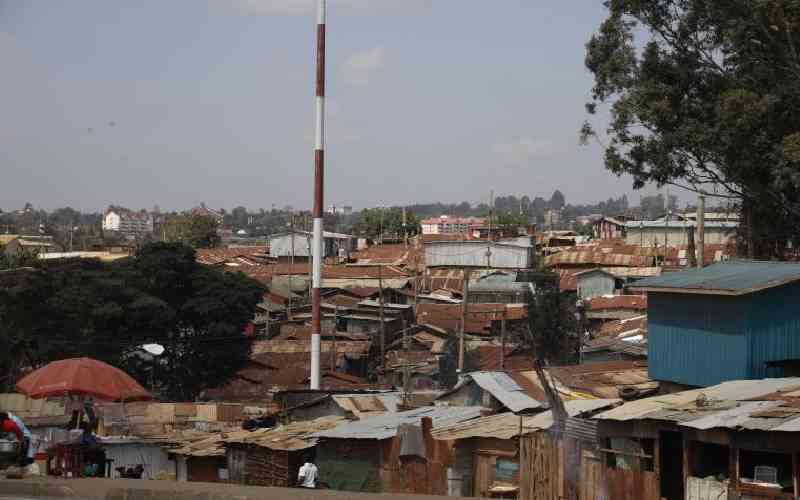The quarterly economic production (GDP) numbers from the National Bureau of Statistics raise several alarms. Compared to the first quarter of last year, there is a clear deceleration in the economic growth rate. The deceleration in growth rates was driven by declines in agriculture, in part occasioned by delayed rains. The decline in agriculture had a knock-on effect on manufacturing, which grew at 3.2 per cent compared to 3.8 per cent in the same period last year. Agri-processing is a key component of Kenya’s manufacturing sector.
The GDP numbers highlight policy gaps. Our failure to take agriculture seriously will continue to harm our economic prospects. Many people still depend on rain-fed agriculture, even as billions of shillings allocated for irrigation projects wind up in corrupt politicians’ bank accounts. The government’s lack of seriousness when it comes to agriculture is also reflected in its budgeting priorities. Of a budget of over Sh3 trillion, a paltry Sh59 billion went to agriculture and related sectors (roughly 2 per cent). Agriculture contributes to about one quarter of our total output, and employs three quarters of the labour force.
Budget is policy. And the current state of affairs demands for people-focused budgeting. And what exactly would that look like? First, we would invest money in places where our people work, as well as invest in improving their productivity. That would mean putting money into sectors such as education, health, agriculture and agri-processing, housing, water and sanitation, roads, electricity connectivity, small and medium enterprises, and financial access. It would mean orienting the Ministry of Foreign Affairs to be a giant marketing shop for everything Kenyan, and converting the Ministry of Industry, Trade and Cooperatives into a think tank, business development, and extension services outfit. It would also mean rationalising our infrastructure projects to maximise agricultural productivity, agri-processing, and access to markets – both domestic and foreign.
Second, we would also work to monetise and create markets around what Kenyans actually do as part of our wider socio-cultural milieu. A lot of our economic planning relies on hairbrained ideas about modernisation and notions of the “formal economy” as separate from the implicitly lesser “informal economy.” In other words, we make policy for “first world” Kenya, and ignore “third world” Kenya. Yet the formal economy employs a tiny sliver of our workforce, while in the informal sector is where all the action is – in sectors such as construction, carpentry, crafts, pottery, beauty products and services, logistics, among others. What are the investments in infrastructure that would make these enterprises more productive and have bigger markets?
Finally, a people-focused budget would also include a fair amount of creative social protection. In addition to what we already do for vulnerable populations, we would also invest in proper workfare programmes. For instance, for a mere Sh25 billion a year (the equivalent of the NYS budget in recent years) we could employ 100,000 Kenyans at Sh20,000 per month. This expenditure would have a significant multiplier effect in communities across the country by creating demand for goods and services.
These are some goals that should motivate budget planning. Our continued failure to craft a budget that reflects objective reality is part of the reason why trillions of shillings in public spending is seldom reflected in economic gains for our people.
- The writer is an Assistant Professor at Georgetown University
 The Standard Group Plc is a
multi-media organization with investments in media platforms spanning newspaper
print operations, television, radio broadcasting, digital and online services. The
Standard Group is recognized as a leading multi-media house in Kenya with a key
influence in matters of national and international interest.
The Standard Group Plc is a
multi-media organization with investments in media platforms spanning newspaper
print operations, television, radio broadcasting, digital and online services. The
Standard Group is recognized as a leading multi-media house in Kenya with a key
influence in matters of national and international interest.
 The Standard Group Plc is a
multi-media organization with investments in media platforms spanning newspaper
print operations, television, radio broadcasting, digital and online services. The
Standard Group is recognized as a leading multi-media house in Kenya with a key
influence in matters of national and international interest.
The Standard Group Plc is a
multi-media organization with investments in media platforms spanning newspaper
print operations, television, radio broadcasting, digital and online services. The
Standard Group is recognized as a leading multi-media house in Kenya with a key
influence in matters of national and international interest.








